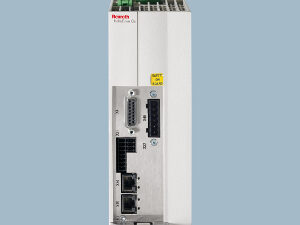Blade servers figure to be among the fastest-selling categories of corporate hardware over the next six years, according to the Dublin, Ireland-based analyst firm Research and Markets.
Blade servers figure to be among the fastest-selling categories of corporate hardware over the next six years, according to the Dublin, Ireland-based analyst firm Research and Markets.
In its latest research on blade servers, Research and Markets says this category of servers will constitute a $57 billion (U.S.) market in 2008, growing to $157 billion by 2013.
Mid size companies are expected to be heavy buyers of blade servers over that timeframe.wrong cable bringing down an entire system.
Blade servers include both x86 and RISC blades. Currently, Hewlett-Packard leads the blade markets with a 41-percent share, followed by IBM , with 38 percent, according to Research and Markets.
Fujitsu Siemens holds the number three market position with a 10.7-percent share. Sun Microsystems holds a 5-percent share, and Dell has a 3-percent share.
Growth drivers are Linux clusters and blades. Server consolidation is driving UNIX low-end substitution. The small and medium business market represents over 50 percent of the Intel -based market. Benefits of servers relate to the fact that systems are implemented in data centers and distributed computing environments. Servers are positioned as Web network devices that provide an integration platform.
Blades support the integration of multiple servers, storage, Ethernet switches, and networking blades. Blades are available at reduced cost in comparison to other servers.
Deploying blades can reduce the complexity of corporate data centers by integrating servers, networks, storage and applications in one system.



